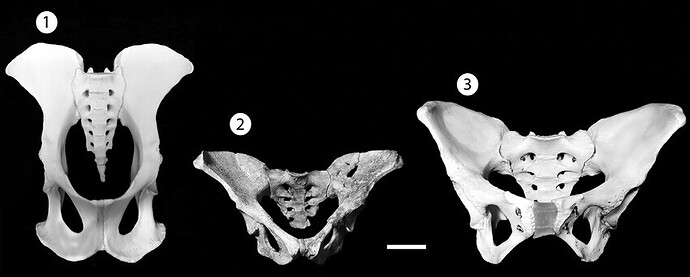I’m not sure what you mean by “being too simplistic or literal”, but accepting that the history of life on earth is one of evolution shouldn’t threaten one’s belief in God and his creative powers.
I accept that life on earth has evolved, but I believe it could not have evolved the way it did without supernatural/divine assistance. Why God chose that path of creation is not for me to question. Ain’t none of my biz.
On one hand, there’s no need for a Christian to believe that humans evolved somehow from a non-human creature, for when Jesus raised Lazarus from the death, he in effect created a living person from inanimate matter in an instant, which can be seen as a repetition of what’s described in Genesis 2:7.
But on the other hand, the physical similarities between humans and chimpanzees, for example, is hard to ignore and begs questions. I believe there’s some sort of ancestral relationship going on there, but I don’t know what it is (although I’m aware of the common-ancestry claim made by science).
If God literally created a human from dust (I’m not saying he didn’t), why does that created human so much resemble the lower apes?
God could have created humans so that they looked like no other creature on earth … but he didn’t.
I think those points are worth considering.


